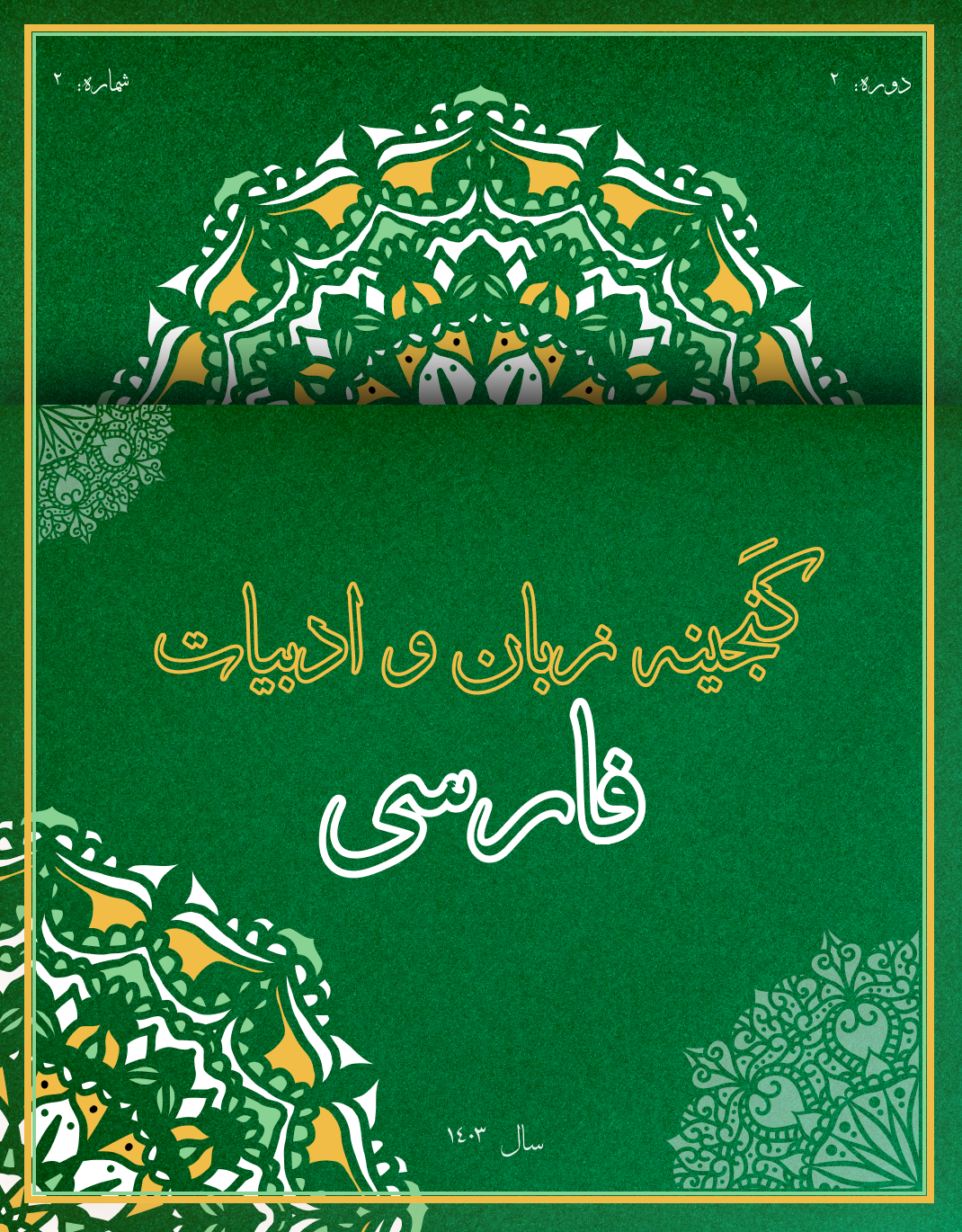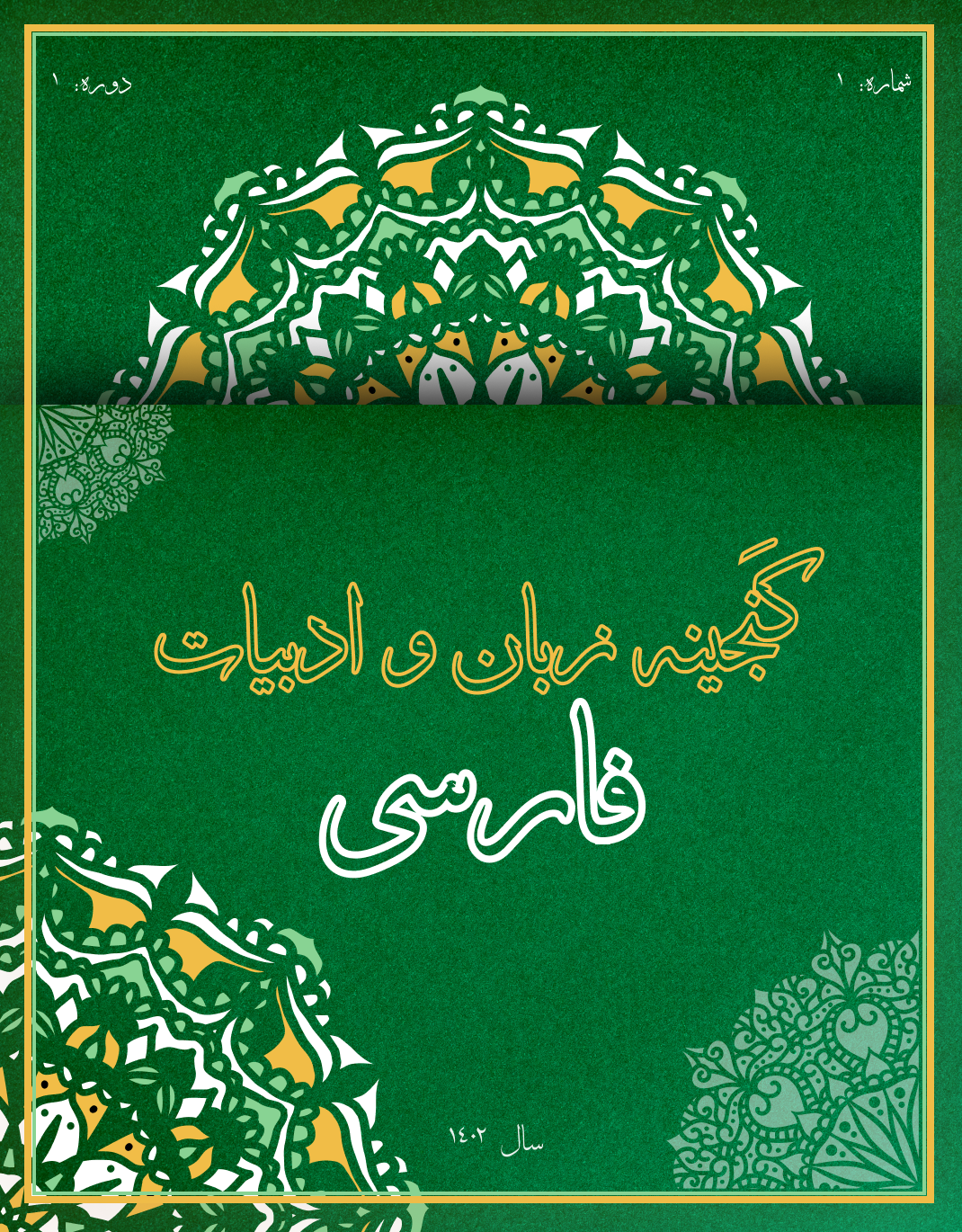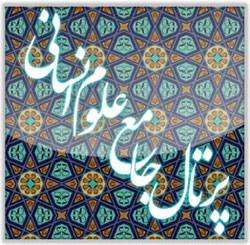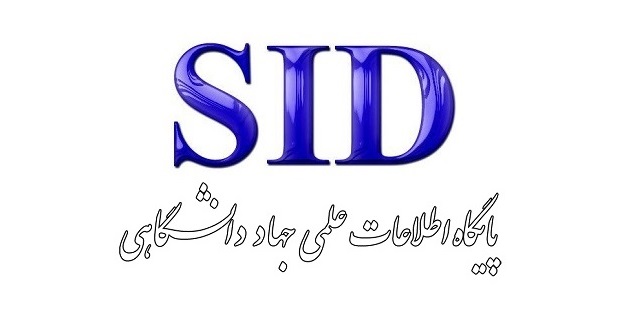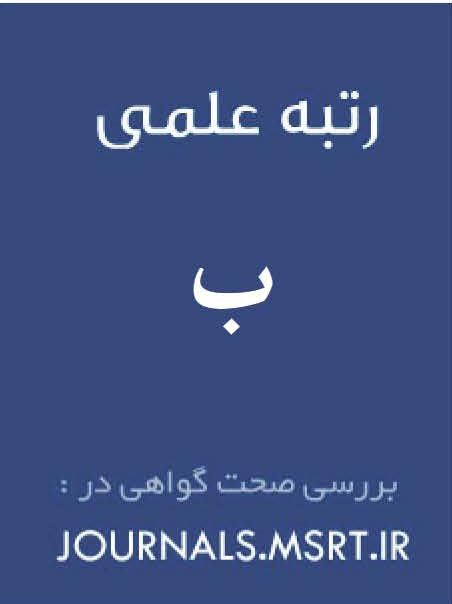بررسی عناصر داستان و تطبیق حکایتهای گلستان سعدی با بازنویسی آن در ادبیات کودک و نوجوان
کلمات کلیدی:
ادبیات کودک و نوجوان, بازنویسی, حکایت های گلستان سعدی, عناصر داستانچکیده
گلستان سعدی از متون کهن فارسی است که به دلیل محتوای والای آموزشی و فرهنگی و زبان شیوا مورد توجه بازنویسان و باز آفرینان قرار گرفته است. بازنویسان و بازآفرینان باید درون مایههای مناسب برای این ردههای سنی را از میان داستانهای متعدد متون کهن برای اثر خود برگزینند. این مقاله به روش توصیفی تحلیلی و با بهره گیری از ابزار گردآوری اطلاعات کتابخانهای به بررسی عناصر داستانهای بازنوشتهی این نویسنده حکایت شفا یافتن پادشاهی از مرضی هایل» حکایت 22 در باب اول گلستان سعدی برای کودکان و مقایسه آنها با متن اصلی میپردازد. یافتههای پژوهش نشان میدهد در چارچوب کلی اثر تغییر محسوسی صورت نگرفته اما پیرنگ بازنوشتهها گستردهتر از متن اصلی شده است. توصیف عملکرد و ظاهر شخصیتها افزایش گفت و گوها و در نمونههایی واگویههای درونی، از شگردهای بازنویس برای جذابتر کردن داستان است. لحن گفت و گوها از صورت ادبی و شاعرانه به لحنی ساده و تا حدودی متناسب با شخصیتها تغییر کرده است. نویسندگان در نام گذاری اشخاص ابتکاری نداشته و از اسامی عام به کار رفته در متن اصلی استفاده کردهاند. زبان در متن بازنوشته ساده و رسمی است؛ اما گاهی واژههای دشوار، جملات طولانی، حذفهای نادرست و استفاده زیاد از حرف ربط «و» بین جملات، به سادگی و روانی متن آسیب رسانده است. با آنکه بازنویس در پرداخت اثر گاهی به موفقیتهایی دست یافته است اما نیاز است که بازنوشتههای خود را به ظرافتها و شگردهای هنری سعدی بیشتر نزدیک کند.
دانلودها
مراجع
1. Jalongo MR. Stories that teach life lessons. Early Childhood Today. 2004;19(2):36-43.
2. Sanjari J. Methods of creating and producing literary works. Roshnen Journal of Children's and Adolescent Literature. 2005;7:53-65.
3. Monfaredan E. Analysis and examination of the structure and content of children's and adolescent stories from 1921 to 1978: University of Tabriz, Faculty of Literature and Humanities; 2015.
4. Zandvani M. Describing the stylistic features of children's poetry from the Constitutional Revolution onward (Abbas Yamini Sharif, Jabbar Baghcheban, Mahmoud Kianoush, Ahmad Shamloo, songs, tales, and lullabies): University of Sistan and Baluchestan, Faculty of Literature and Humanities; 2010.
5. Hosseinzadeh Khuzani F. Structural critique of 20 short stories in adolescent literature (from prominent authors after the revolution until 2001): Shahrekord University, Faculty of Literature and Humanities; 2010.
6. Zabihnia Omran A, Yeganeh Mehr H. Recreation and rewriting in children's and adolescent literature: Tehran: Fadak Isatis Publishing; 2014.
7. Yousefi G. Golestan of Saadi: Tehran: Kharazmi Publishing; 2005.
8. Sabzian Moradabadi S. Theories and literary criticism: Vocabulary of literature and related fields: Tehran: Morvarid Publishing; 2009.
9. Aristotle. Poetics: Tehran: Andisheh Publishing; 1958.
10. Mir Sadighi J. Elements of fiction: Tehran: Sokhan Publishing; 1997.
11. Abdollahian H. Characterization techniques. Narrative Literature. 2001(1).
12. Mir Sadighi J. Glossary of narrative literature: Tehran: Mahnaz; 1998.
13. Dad S. Dictionary of literary terms (Comparative and explanatory terms and concepts of Persian and European literature): Tehran: Morvarid Publishing; 1999.
14. Younesi I. The art of storytelling: Tehran: Negah Publishing; 2009.
15. Schools R. Elements of fiction: Tehran: Markaz Publishing; 1998.
16. Mastour M. Foundations of the short story: Tehran: Markaz Publishing; 2008.
17. Ismailloo D. How to write a story: Tehran: Negah; 2005.
18. Ebrahimi J. Sweet tales of Golestan by Saadi: Tehran: Paydari Publishing; 2011.
19. Panahi Azar O. The peasant's son and the king (Tales of Golestan): Tehran: House of Art; 2011.
1. Jalongo MR. Stories that teach life lessons. Early Childhood Today. 2004;19(2):36-43.
2. Sanjari J. Methods of creating and producing literary works. Roshnen Journal of Children's and Adolescent Literature. 2005;7:53-65.
3. Monfaredan E. Analysis and examination of the structure and content of children's and adolescent stories from 1921 to 1978: University of Tabriz, Faculty of Literature and Humanities; 2015.
4. Zandvani M. Describing the stylistic features of children's poetry from the Constitutional Revolution onward (Abbas Yamini Sharif, Jabbar Baghcheban, Mahmoud Kianoush, Ahmad Shamloo, songs, tales, and lullabies): University of Sistan and Baluchestan, Faculty of Literature and Humanities; 2010.
5. Hosseinzadeh Khuzani F. Structural critique of 20 short stories in adolescent literature (from prominent authors after the revolution until 2001): Shahrekord University, Faculty of Literature and Humanities; 2010.
6. Zabihnia Omran A, Yeganeh Mehr H. Recreation and rewriting in children's and adolescent literature: Tehran: Fadak Isatis Publishing; 2014.
7. Yousefi G. Golestan of Saadi: Tehran: Kharazmi Publishing; 2005.
8. Sabzian Moradabadi S. Theories and literary criticism: Vocabulary of literature and related fields: Tehran: Morvarid Publishing; 2009.
9. Aristotle. Poetics: Tehran: Andisheh Publishing; 1958.
10. Mir Sadighi J. Elements of fiction: Tehran: Sokhan Publishing; 1997.
11. Abdollahian H. Characterization techniques. Narrative Literature. 2001(1).
12. Mir Sadighi J. Glossary of narrative literature: Tehran: Mahnaz; 1998.
13. Dad S. Dictionary of literary terms (Comparative and explanatory terms and concepts of Persian and European literature): Tehran: Morvarid Publishing; 1999.
14. Younesi I. The art of storytelling: Tehran: Negah Publishing; 2009.
15. Schools R. Elements of fiction: Tehran: Markaz Publishing; 1998.
16. Mastour M. Foundations of the short story: Tehran: Markaz Publishing; 2008.
17. Ismailloo D. How to write a story: Tehran: Negah; 2005.
18. Ebrahimi J. Sweet tales of Golestan by Saadi: Tehran: Paydari Publishing; 2011.
19. Panahi Azar O. The peasant's son and the king (Tales of Golestan): Tehran: House of Art; 2011.
